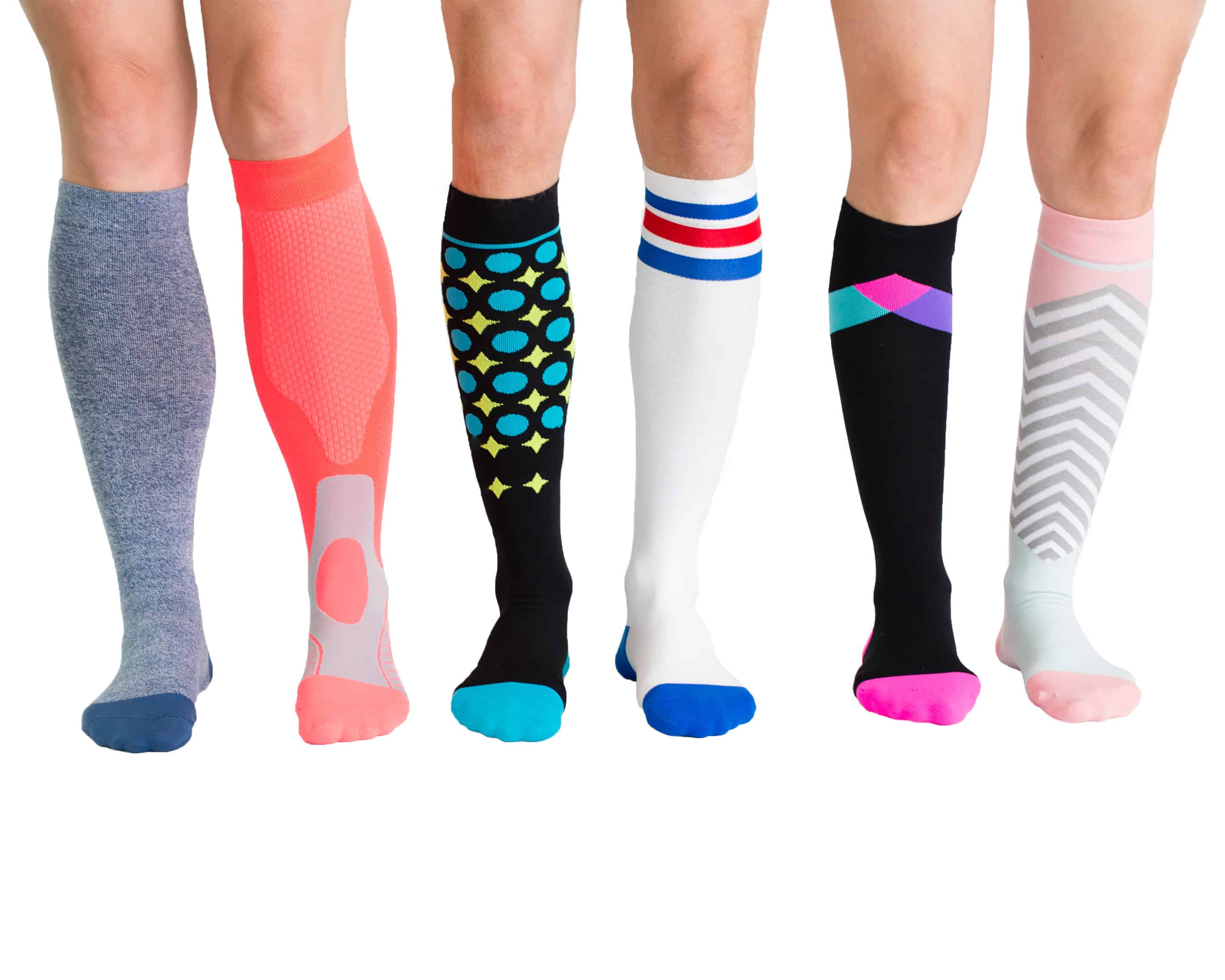
How do compression socks work?
Many people think that compression socks are only for the elderly or for those who have diagnosed injuries or blood flow problems. What they don’t realize is that no matter the age and activity level, compression socks can offer tremendous benefits. To understand why you should consider using compression socks, you first need to know how blood circulation works.
Compression Therapy: How and Why It Works
Compression socks are the easiest way for one to benefit from compression therapy. To understand how this works, you need to take a look at how circulation works and affects your limbs, particularly your legs.
The heart continually pumps blood through the arteries. These blood vessels are like hoses that carry blood at high pressure throughout your body, providing cells oxygen and nutrition. Naturally, blood needs to be pumped to your lower extremities as well. However, pumping blood, lymph, and other fluids out of the lower limbs is a bit more challenging for your circulatory system.
The veins and lymphatic system in the legs are not pressurized, and they have to work against gravity to move fluid back and forth your legs. Your calf and leg muscles work together to help do the pumping. However, they don’t always work efficiently and quickly enough to prevent blood from staying and pooling in the feet, a phenomenon that causes a heavy leg sensation.
Now, compression socks assist in proper circulation by helping to push out blood and fluids from your legs. They do this by creating a pressure gradient by being snug around the ankle and easing pressure towards the top. This promotes better venous pressure, preventing swelling and excess strain on the legs.
Are You a Good Candidate for Compression Socks?
Compression socks are usually prescribed to patients diagnosed with circulation problems. However, they can also be used by other people. You’ll benefit from compression socks if:
● You remain seated for long hours. The calf needs to move often for it to be able to pump blood. If you stay seated for long hours at work, the calves remain idle. You can compensate for this reduced or lack of movement with compression socks.
● You stand for long periods. Standing for hours on end can be as detrimental as sitting for long hours. If you have to stand for long periods, you should at least be able to walk around. However, if your job requires that you stand for hours, compression socks can help reduce fatigue on your legs and promote better circulation.
● You exercise regularly. Compression socks can help with quicker and more effective post-exercise recovery, and also helps to reduce soreness.
● You travel long distances. When you travel far away from home, you’ll naturally have to sit on the plane, bus, or car for hours on end as well. Prolonged sitting during the travel can increase one’s risk for developing deep vein thrombosis or blood clots. Compression socks will prevent that from happening and get your legs ready to move once you arrive at your destination.
If you’re looking for compression therapy, get in touch with us today for a free consultation.

